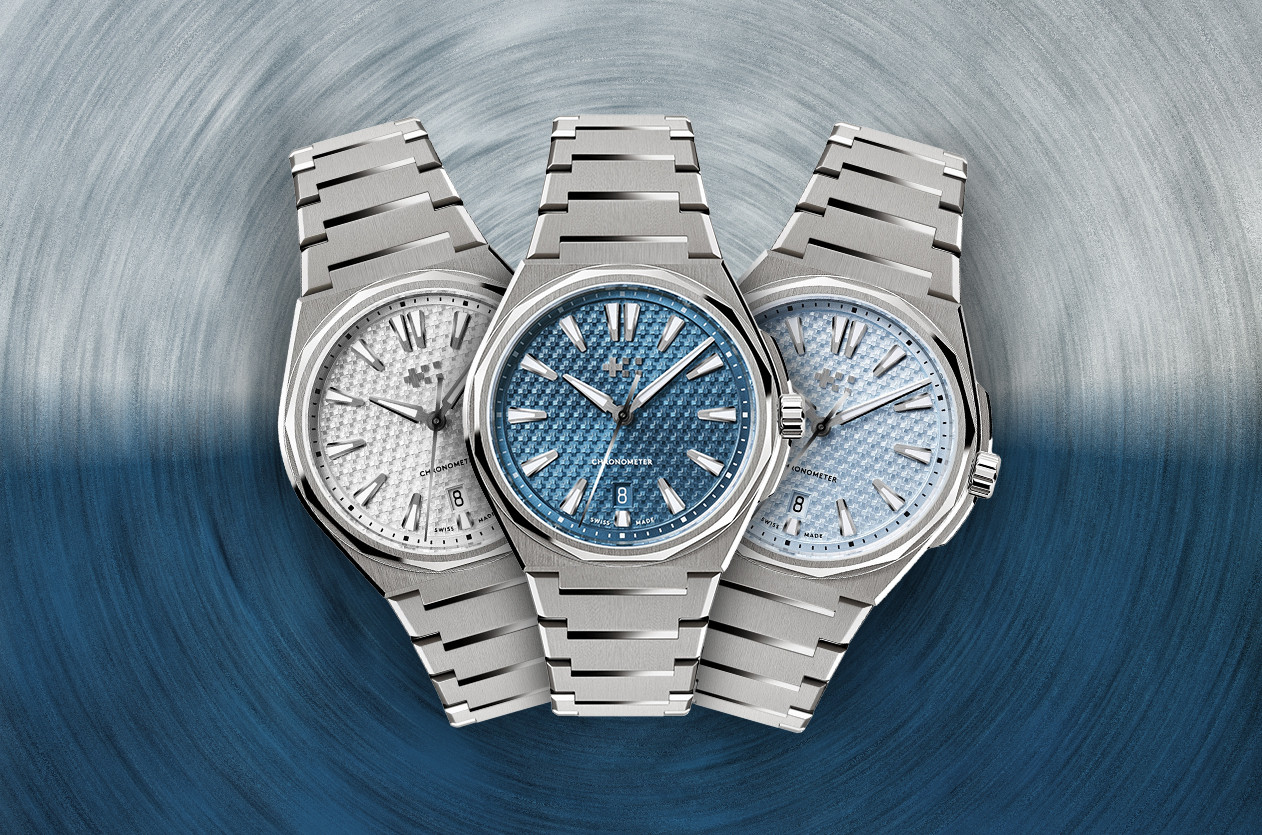
Introducing The New Christopher Ward Twelve (Ti) Non-Fumé
Welcome to the hub of the horoloy
The quartz revolution and the upheaval in the watchmaking industry

Throughout history, timekeeping has evolved significantly. Our ancestors relied on the position of the sun to tell time, progressing to sundials, and eventually to mechanical clocks in the 14th century. These early mechanical clocks, often made of iron and quite large, all served the common purpose of keeping time.
 The first pocket watch was seen in 1510, invented by a German locksmith named Peter Henlein. It was quite heavy and primarily used by craftsmen and nobles. The first wristwatch is attributed to Abraham-Louis Breguet, who designed it for the Queen of Naples in 1810. This innovation eventually inspired Breguet’s contemporary model, the Reine De Naples, and led many brands to adopt the trend of wrist watches that we are seeing today.
The first pocket watch was seen in 1510, invented by a German locksmith named Peter Henlein. It was quite heavy and primarily used by craftsmen and nobles. The first wristwatch is attributed to Abraham-Louis Breguet, who designed it for the Queen of Naples in 1810. This innovation eventually inspired Breguet’s contemporary model, the Reine De Naples, and led many brands to adopt the trend of wrist watches that we are seeing today.
Before World War II, Switzerland dominated the timepiece industry, with other countries' efforts paling in comparison to Swiss distribution and craftsmanship. Yet, the newest competition emerged from an unexpected region, Japan. Seiko, now one of the most famous Japanese watchmakers, was then a largely local success with limited foreign distribution and was the primary supplier of timepieces to the Japanese military during World War II.
Seiko had developed prototype quartz clocks, initially used as backup timers for marathons, showcasing a technology poised to revolutionize the world. Quartz, a mineral with properties ideal for computerization, becomes a highly accurate oscillator when shaped into a tuning fork. When an electric current passes through quartz, it vibrates at a precise 32,768 vibrations per hour, enabling highly accurate timekeeping. This innovation set the stage for the global spread of quartz technology, transforming the watch industry and beyond.
 On December 25, 1969, Seiko unveiled the world’s first commercially available quartz wristwatch, the Seiko Quartz Astron 35SQ. Priced at 450,000 yen, equivalent to AED 10,550 today, it was as expensive as some of the popular cars of that time. While high-precision mechanical wristwatches were deemed elegant and impressive if they varied by a few seconds to a few dozen seconds per day, the Seiko Quartz Astron stunned the world with its beautiful 14k gold case, its price, and its accuracy of ±0.2 seconds per day and ±5 seconds per month.
On December 25, 1969, Seiko unveiled the world’s first commercially available quartz wristwatch, the Seiko Quartz Astron 35SQ. Priced at 450,000 yen, equivalent to AED 10,550 today, it was as expensive as some of the popular cars of that time. While high-precision mechanical wristwatches were deemed elegant and impressive if they varied by a few seconds to a few dozen seconds per day, the Seiko Quartz Astron stunned the world with its beautiful 14k gold case, its price, and its accuracy of ±0.2 seconds per day and ±5 seconds per month.
By releasing the patented technology, Seiko initiated a huge popularization of quartz wristwatches. Key innovations included a miniature, low-power-consumption, shock-resistant tuning-fork type quartz oscillator, and many more.
In the 1970s and 1980s, as Japan was celebrating, Switzerland experienced the most severe economic crisis in its history. Known as the “quartz crisis,” it devastated the entire watch industry, nearly bringing it to its knees. From 1970 to 1988, Swiss watch industry employment declined drastically, dropping from 90,000 to 28,000.
Many brands like Patek, Rolex, and Omega jumped on the quartz trend. Even though it seemed like a good idea, it didn't go as expected, leading to the demise of the luxury quartz watch trend. However, as technology evolves, the quartz movement becomes easier to handle since it requires less human labor and can be mass-produced more efficiently. This is in contrast to the mechanical movement, which involves intricate finishes and requires significantly more human labor, making it pricy.
 |  |
Many brands went into liquidation, bankruptcy, or came close to collapse. Even banks refused to issue loans, fearing they wouldn't be repaid. Brands like Rolex hesitated to release a large scale of quartz watches, opting instead to focus on classic mechanical timepieces, which have become synonymous with luxury today. Other luxury brands navigated the crisis differently. Audemars Piguet's iconic Royal Oak, released in 1972, pioneered a new category titled luxury sport watches. Similarly, Patek Philippe introduced the Nautilus in 1976, which has since become one of the most sought-after and renowned watches.
Subsequently, the Japanese watch market gained global recognition, prioritizing budget-friendly products. Brands like Citizen and Casio introduced their own versions of affordable watches, which saw immediate success. Many believed that the era of Swiss watches had come to an end, causing concern even within the Swiss economy as they faced challenges in global competition.

In the early 1980s, Nicolas George Hayek examined the crises and identified a potential solution. His concept involved consolidating the brands of the two largest watch groups back then, the ASUAG and SSIH, under a single entity and creating a new watch collection that provided Swiss quality at an affordable price. Thus, the well known Swatch Group was established, shaping the future strategy of the conglomerate.
 A picture of the founder and CEO of Waqt, Dr, Malek Bin Essa, and Jean-Claude Biver
A picture of the founder and CEO of Waqt, Dr, Malek Bin Essa, and Jean-Claude Biver
Nicolas wasn't the sole figure in the rescue from the quartz crisis. Jean-Claude Biver also played a pivotal role. In 1982, he acquired the rights to Blancpain and joined the Hayek team. Biver once again favored mechanical luxury watches, emphasizing craftsmanship, tradition, and everlasting value.
For Biver, a watch transcends its function as a timepiece, and embodies a personal narrative, a philosophy that continues to yield results today. Jean-Claude Biver remains an active figure in the Swiss watch industry, currently serving as the non-executive president of the watch division within the French LVMH group. Under his leadership, the division oversees three renowned watch brands: Tag Heuer, Zenith, and Hublot.
Today, Switzerland’s watchmaking industry is experiencing unprecedented success. The sales of Rolex alone are estimated to have exceeded 10 billion Swiss francs, AED 40 billion, for the first time in 2023. This remarkable achievement significantly outstrips competitors such as Cartier, with sales of CHF 3.1 billion (AED 12.4 billion), and Omega, with sales of CHF 2.6 billion (AED 10 billion). The demand for watches has skyrocketed, with brands engaging in friendly competition, driving Swiss watch exports to unprecedented levels. This sector is crucial to Switzerland, ranking third in exports and providing job opportunities for approximately 60,000 people.
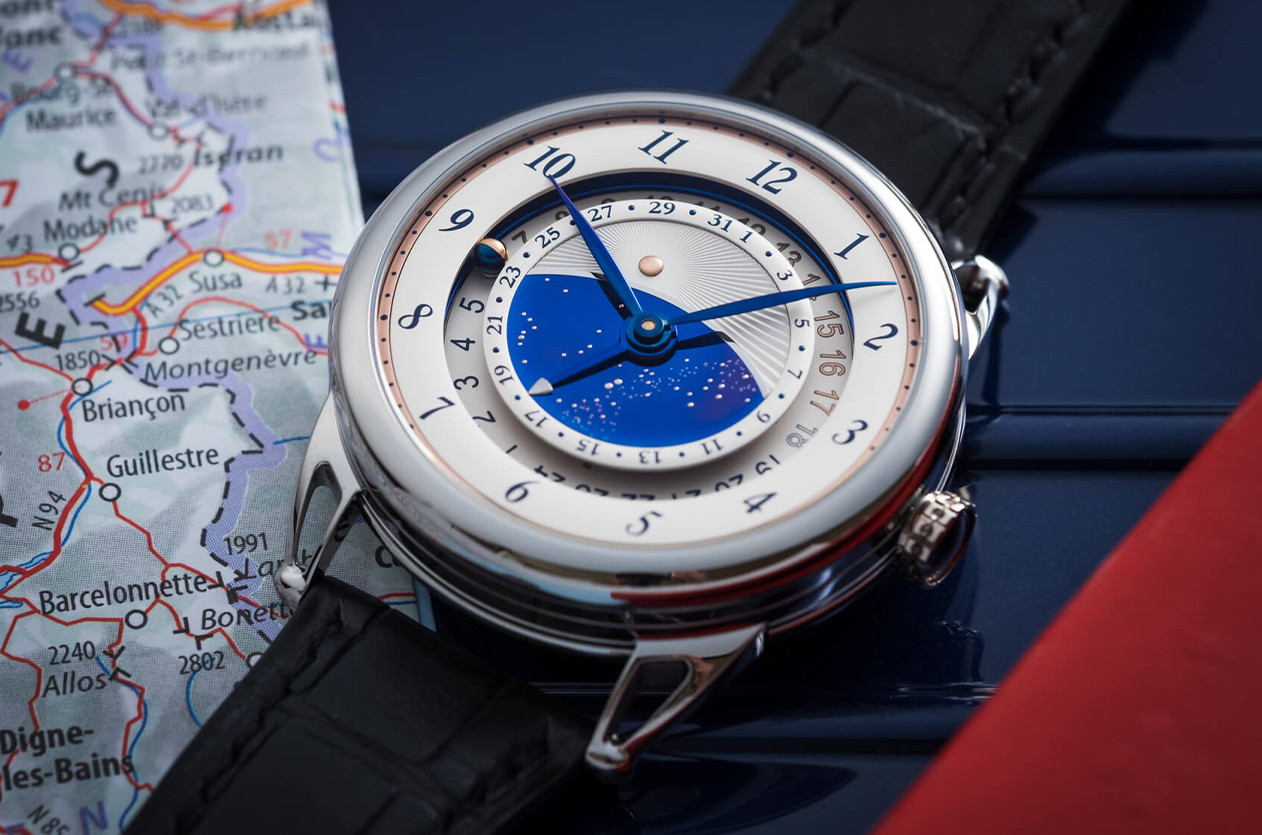
Editorial De Bethune, Pioneering Innovation Through Time

Introducing Daniel Roth Unveils New Tourbillon Souscription
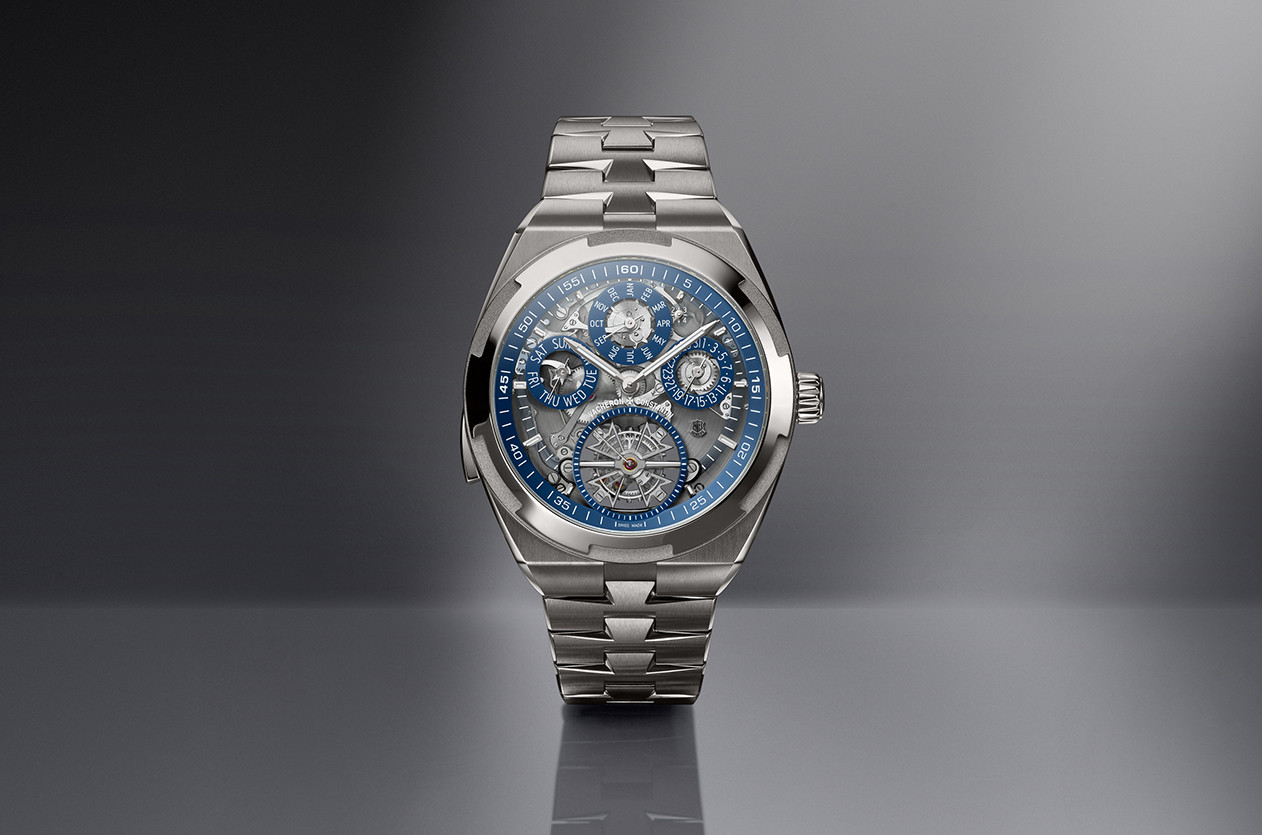
Introducing Vacheron Constantin Unveils the Overseas Grand Complication Openface
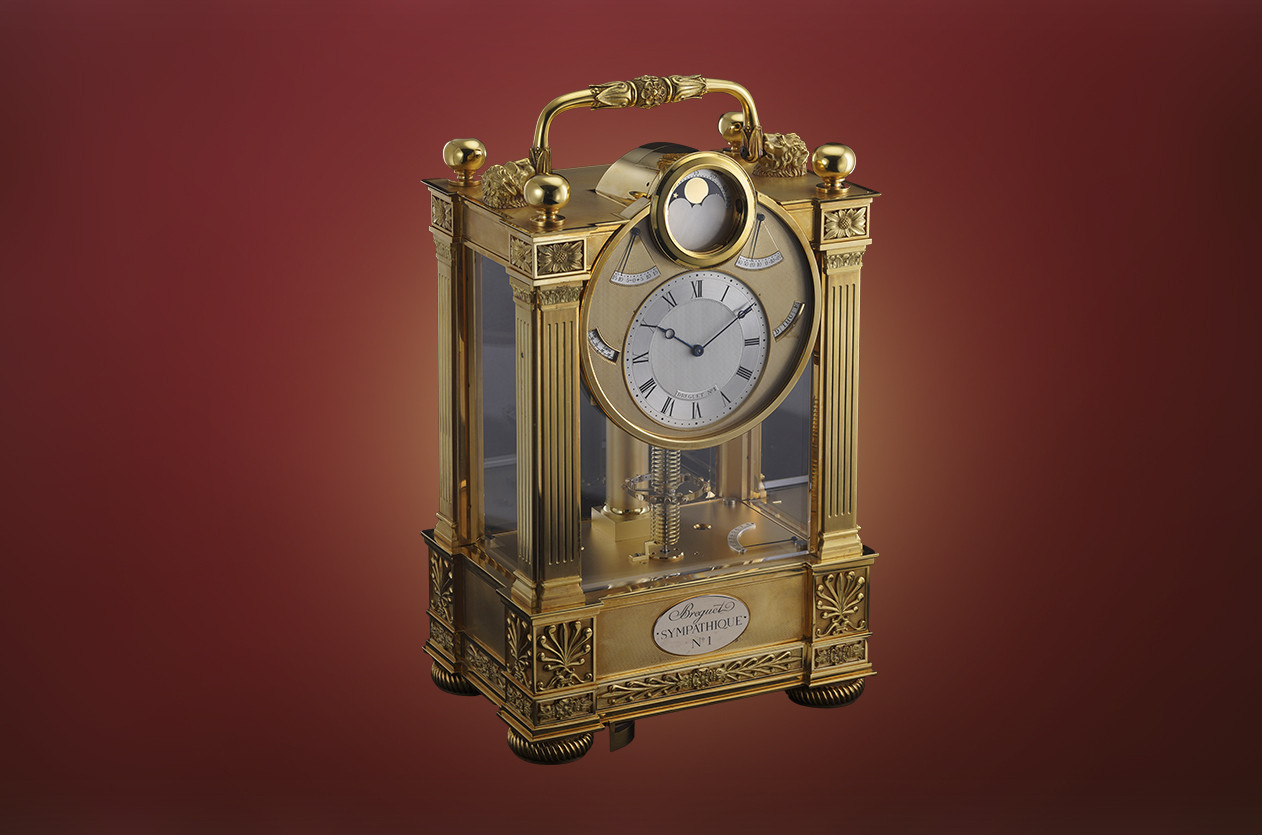
Auction F.P. Journe Wins the Battle for a Breguet Legend
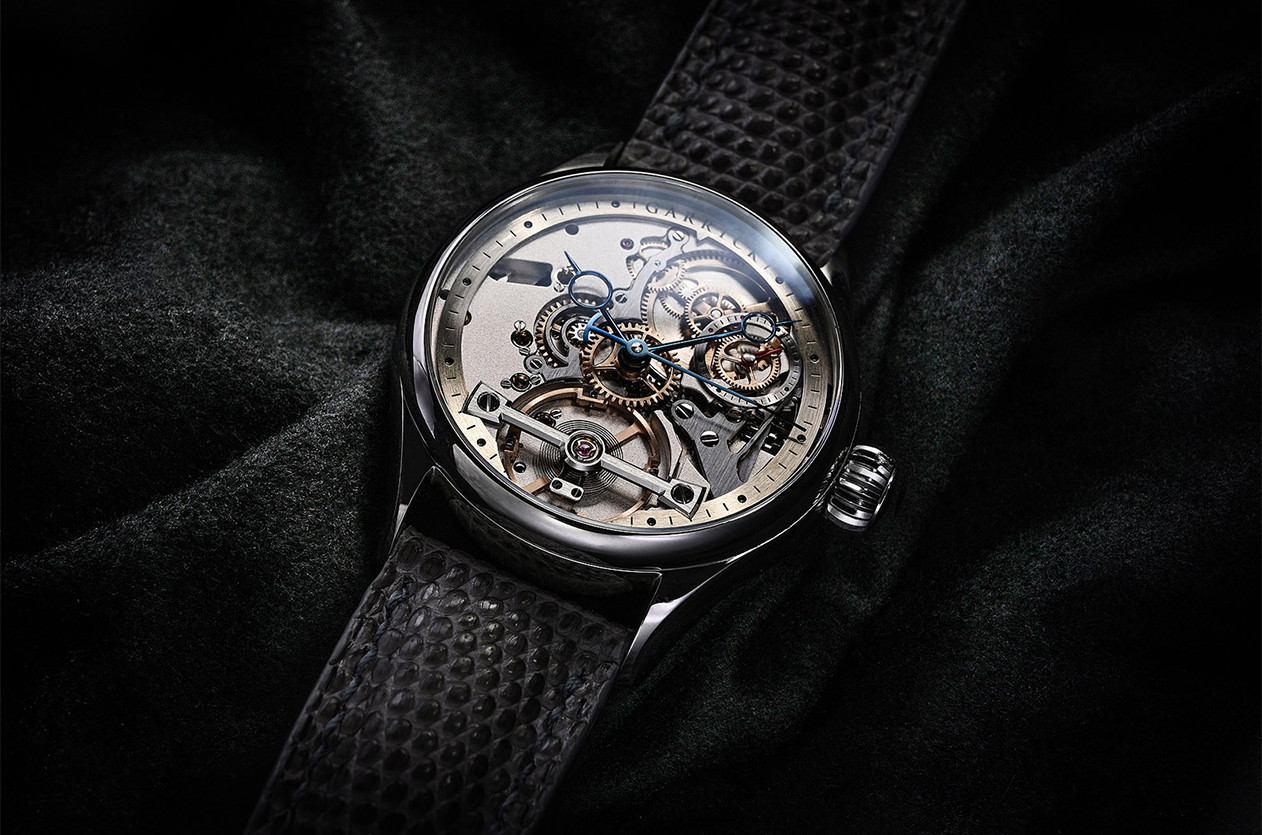
Introducing The S3 Deadbeat Seconds Power Reserve from Garrick

Editorial U.S. Tariffs and the Dollar Rate, A New Challenge for the Swiss Watch Industry

News Dubai Watch Week 2025 Will Be the Largest Ever with 90 Brands Participating

Auction Phillips Achieves CHF 43.4 Million at the Geneva Watch Auction XXI

Technical The Frequency, Why It Matters in Mechanical Watches
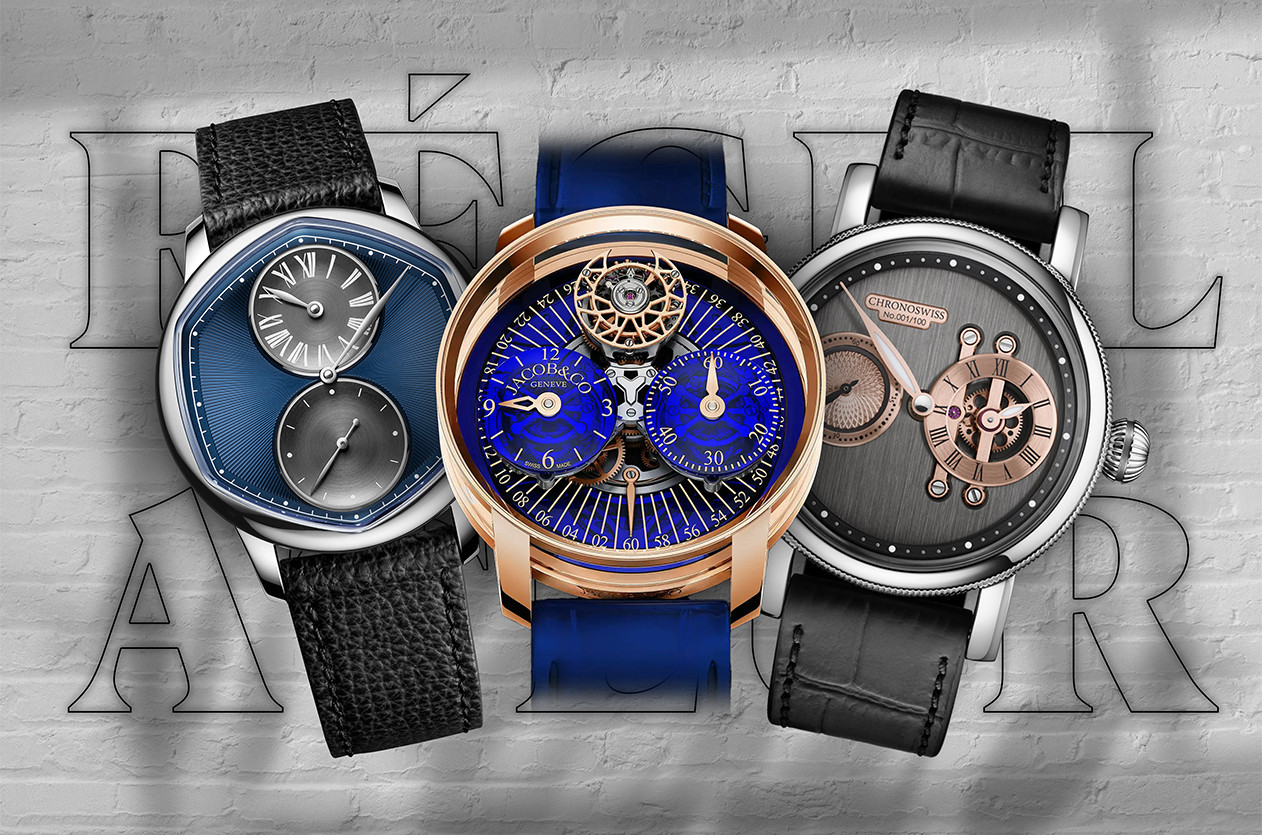
Editorial Exploring the Distinctive Charm of Regulator Watches
Comment Delete Text
This page is available in English only. Please click below to visit Arabic Home page!